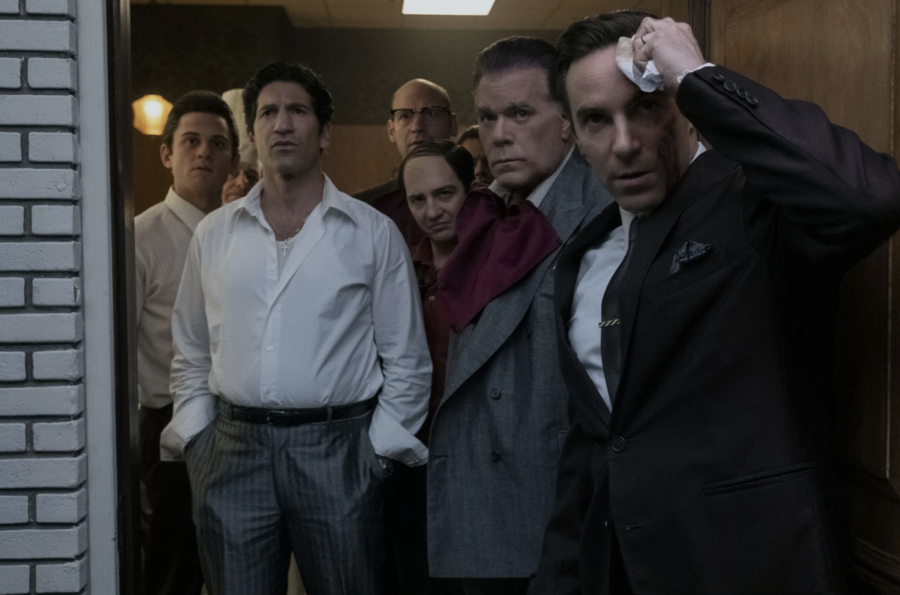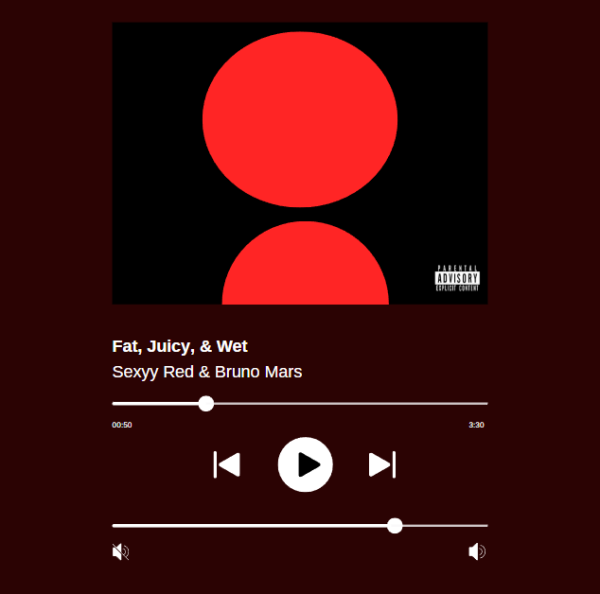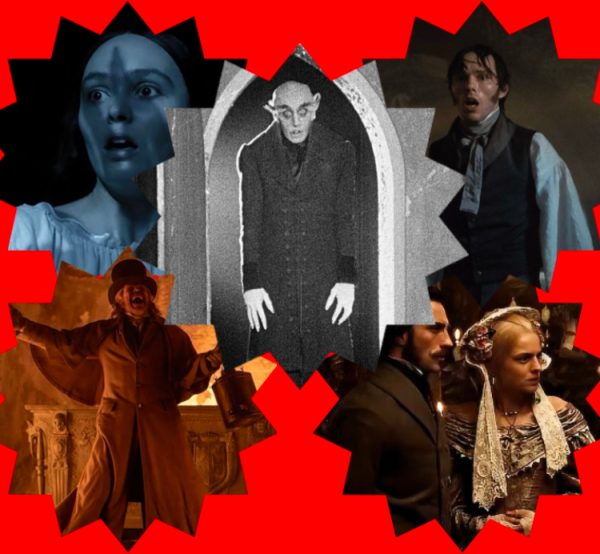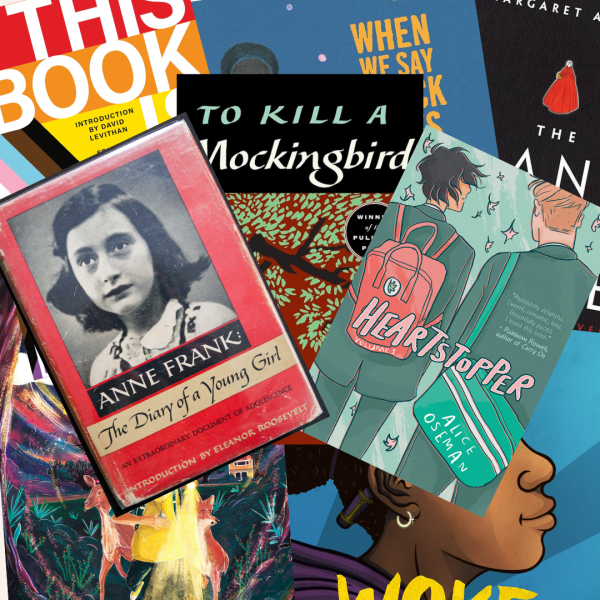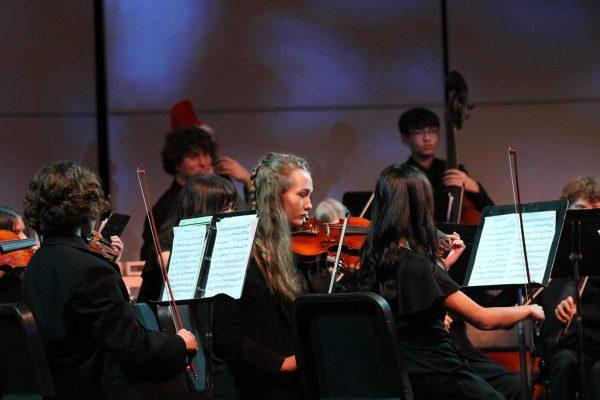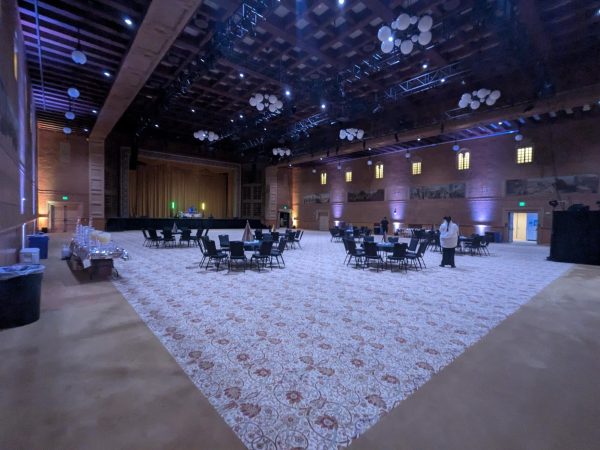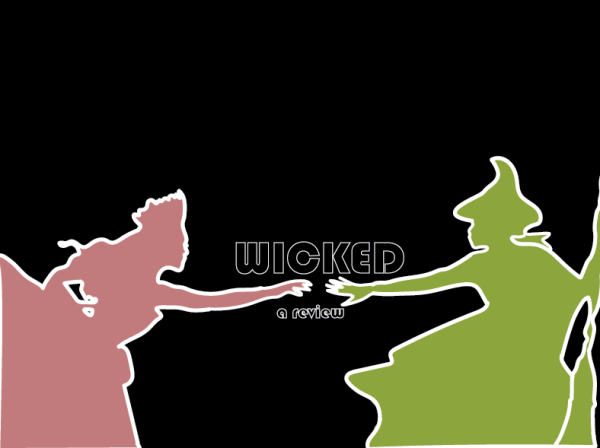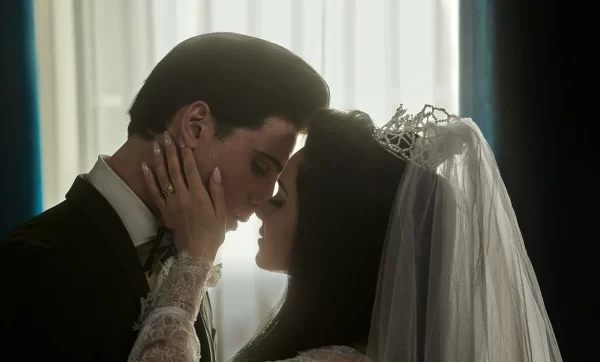Review: “The Many Saints of Newark”
Following the success of “The Sopranos”, this movie prequel had a lot to live up to.
The Dimeo crime family and Dickie Multosanti look at the burning buildings in the distance during the 1967 Newark Riots.
This article will contain spoilers for both “The Sopranos” and “The Many Saints Of Newark”.
It’s been 14 years since the infamous last episode of the HBO series “The Sopranos” aired, and fans have been waiting patiently for David Chase to release anything related to the series and its canon. In 2019, Warner Brothers announced “The Many Saints Of Newark”, stating that Chase, with support from HBO, was working on revisiting the series. However, the movie was released on Oct. 1 for streaming on HBO and for viewing in theaters.
Though the series and the cast of characters will be familiar, this movie is a prequel, most likely having part of the movie taking place in 1967 due to the appearance of the Newark Riots in the trailer. Furthermore, this new movie aims to tell the story of a young Tony Soprano and his descent into the criminal underworld. In addition to adding to previous canon, there will also be a reappearance of a couple of old cast members and many new cast members, including Michael Gandolfini, James Gandolfini’s son, as a young Tony Soprano, and other new cast members such as Ray Liotta as Dickie Multosanti’s father and uncle.
Though it did not feature Tony Soprano as much as the summary suggests, there were still many quality characters, such as Harold McBrayer, played by Leslie Odom Jr, and Dickie Multosanti, played by Alessandro Nivola. Many of the original characters in the movie were played by different actors, due to it being a prequel, as well as the time frame taking place before many of the original characters’ adult lives. However, the casting was well done and really did make you feel like you’re seeing the younger versions of the characters. In addition to familiar characters, scenes were created out of stories that were told throughout the show.
One of the most important aspects of the film was the inner conflict of the main character, named Dickie Multosanti, and his immoral actions. Many times throughout the film, he does things that never reach the light of day and are taken to his grave. Though Dickie seems to be troubled throughout the series, he does try to lend a hand to his young nephew Tony, whose father is in prison for many of his formative years. Oftentimes, Dickie gives Tony advice, or tries to encourage him to do the right thing. Although, he does end up teaching Tony about how he makes his living. This makes the relationship between Tony and Dickie a sort of father and son type relationship, further adding to the story and showing how Tony was molded into the character he later became. This makes for a well built backstory for the Tony Soprano we eventually see in the Sopranos.
However, one of the big problems with this movie is the fact that the movie revolves more around Dickie and not on Tony. It does not make sense to go deeper into Dickie’s life due to the lack of his importance later on. Rather, it makes more sense to go into Tony’s teenage years and his decline into the criminal lifestyle, this is mainly because Dickie doesn’t influence the original series as much as other characters do.
The other prominent issue with this movie is the camera aesthetic. It does do the 1960s and 1970s era well. However, the lighting in the movie was not up to par, cold lighting and haze did not fit this movie well, and it certainly made it feel more artificial. They would have done way better with the lighting that is similar to the original show, which feels more realistic and is better for what the movie attempts to portray.
Otherwise, the film made a good choice to have a now dead Christopher narrate this film. In fact, in the end of the movie Christopher mentions that Tony sent him to hell, which adds a supernatural aspect to the film that gives both ‘ ‘The Sopranos’ ‘ and The “Many Saints Of Newark” a sort of symbolic and philosophical effect.
The best example of this is the scene where a teenage Tony meets a newborn Christopher Multosanti at a family function who proceeded to cry whenever he was in Tony’s presence. In this scene, one of the family members mentions that sometimes babies know things from “the other side” This scene does a great job of foreshadowing the death of Christopher that comes in the latter part of the original series. It was a textbook example of good foreshadowing, with a show don’t tell approach.
The final aspect of this film that should be addressed is the risky ending. The ending really did an excellent job of showing how fragile the relationships between the mob really is. The choice to kill Dickie off was extremely risky but pulled off well, and, on further inspection, the reason Dickie was killed was extremely petty, being solely because Dickie at one point in the movie laughs at one of the caporegimes’ for slipping on the stairs of a church, which results in the caporegime being bound to a brace.
This movie as a whole was very well done and is certainly worth watching. If you are a fan of “The Sopranos” or a fan of crime movies in general. If you are looking to watch an entertaining and engaging mob movie, “The Many Saints Of Newark” is certainly worth your time.
Your donation will support the student journalists of West Linn High School. Your contribution will allow us to continue to produce quality content by purchasing equipment, software, and continuing to host our website on School Newspapers Online (SNO).

Noa Richardson, senior, is a Staff Reporter for wlhsNOW. He aspires one day to write fiction and to pursue a career in journalism. He aims to create engaging,...


![Reaching out. Christopher Lesh, student at Central Catholic High School, serves ice cream during the event on March 2, 2025, at the Portland waterfront. Central Catholic was just one of the schools that sent student volunteers out to cook, prepare, dish, and serve food. Interact club’s co-president Rachel Gerber, junior, plated the food during the event. “I like how direct the contact is,” Gerber said. “You’re there [and] you’re just doing something good. It’s simple, it’s easy, you can feel good about it.”](https://wlhsnow.com/wp-content/uploads/2025/03/interact-1-edited-1200x744.jpg)

























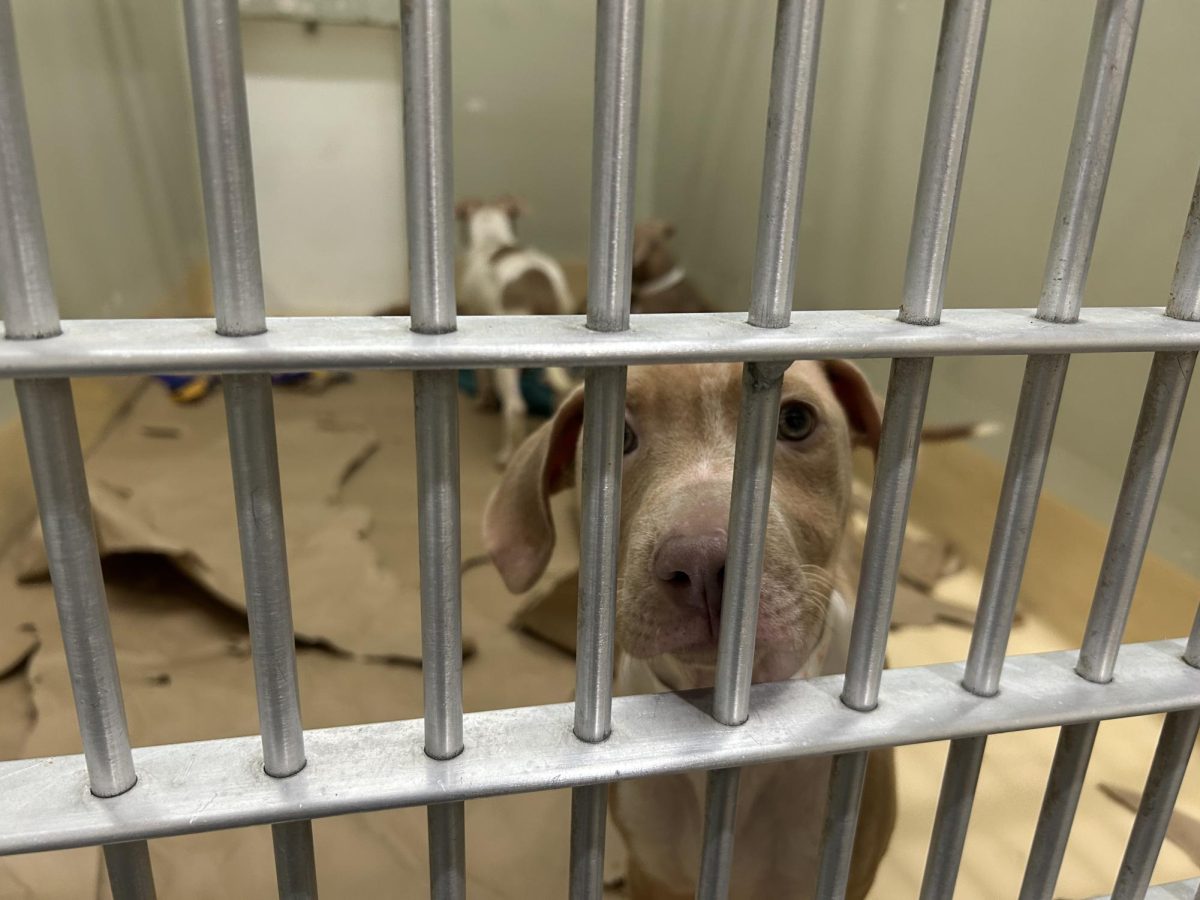















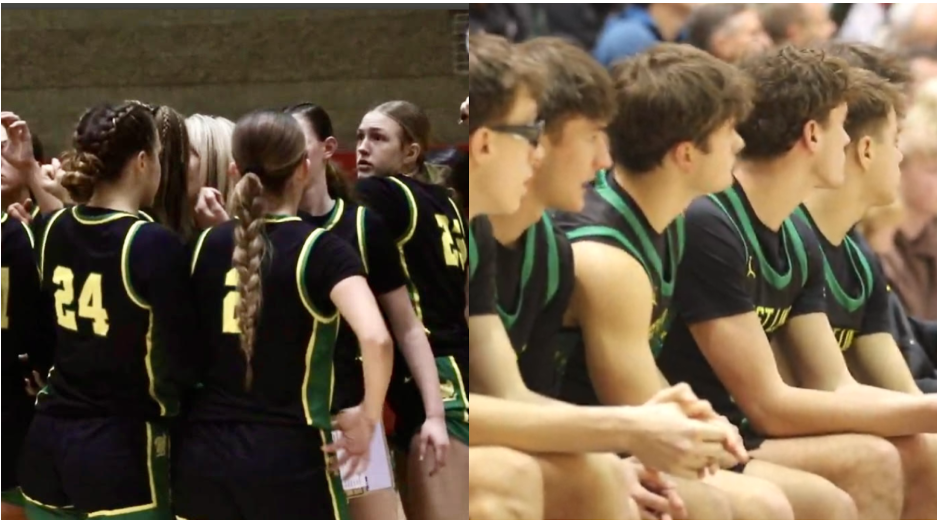


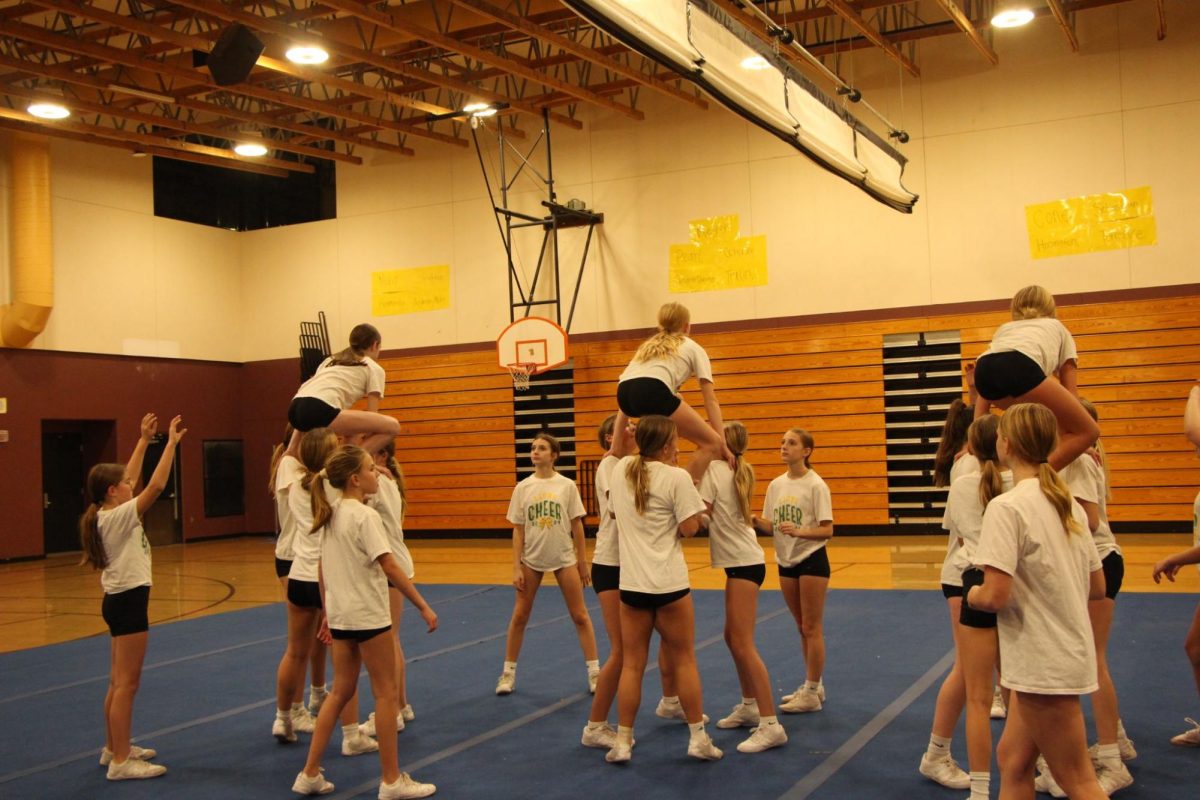
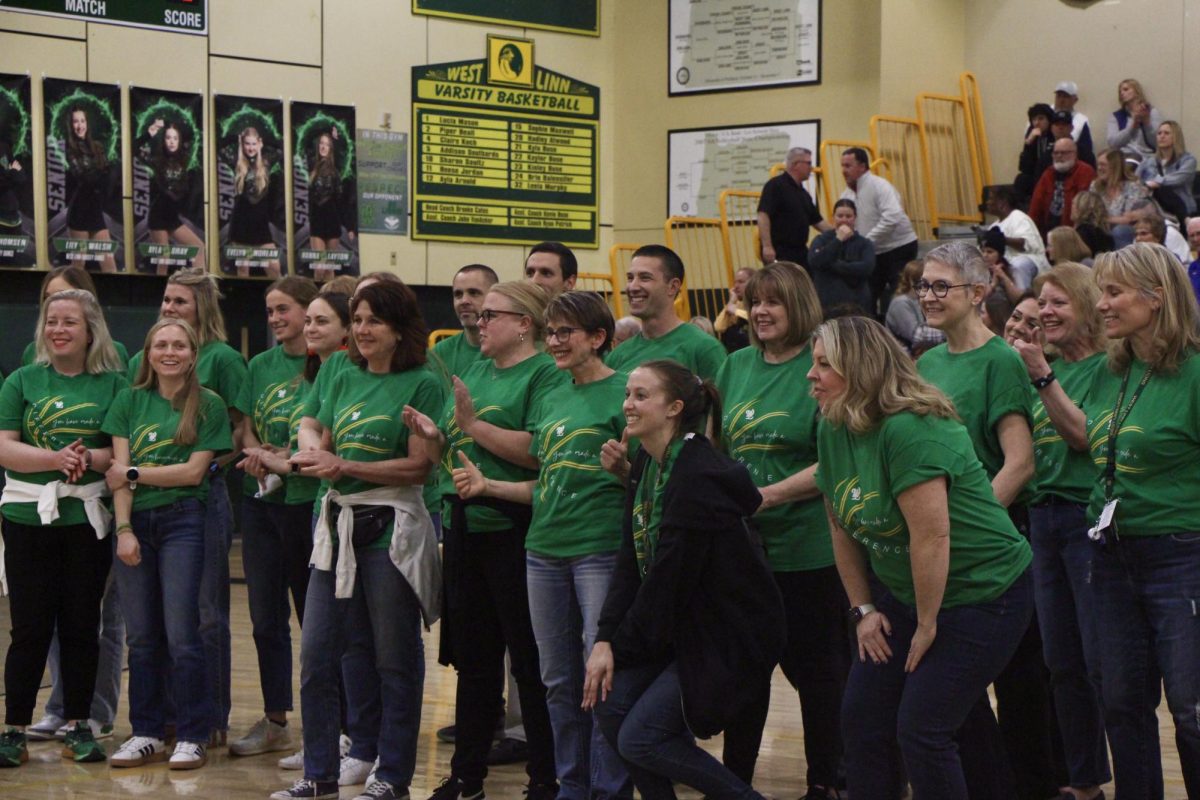
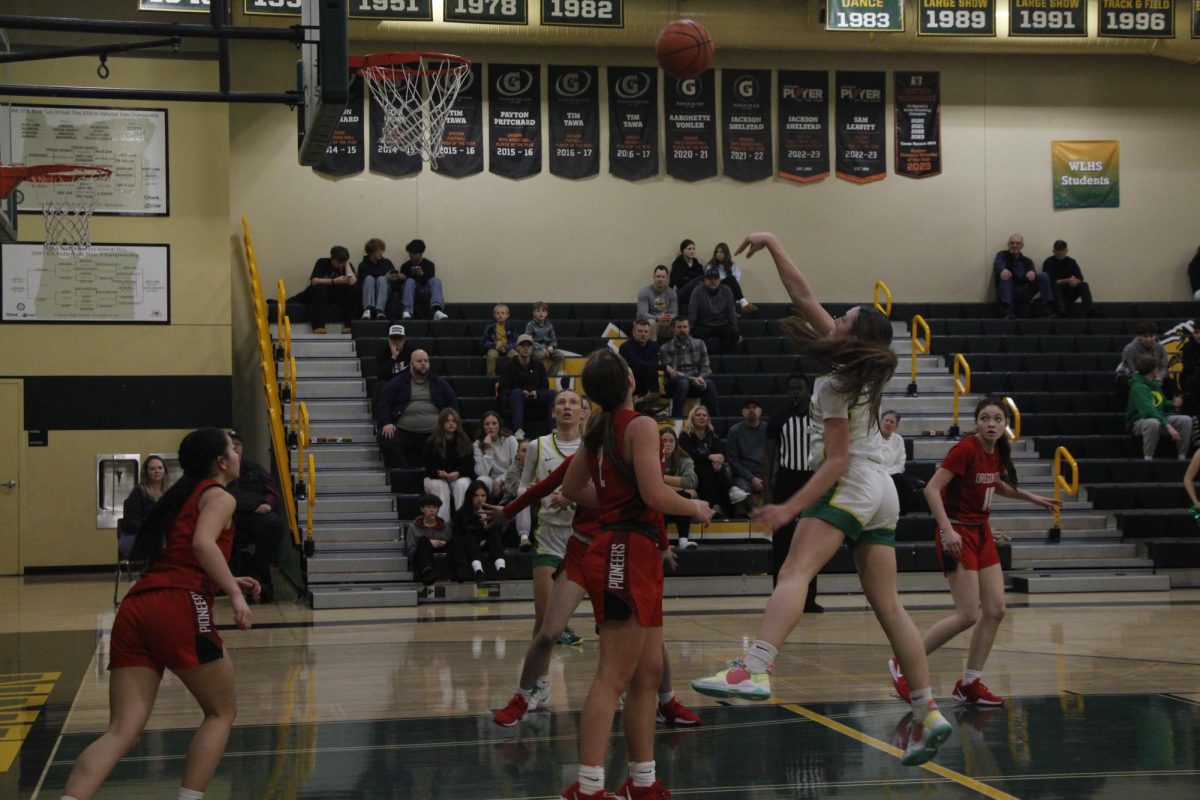








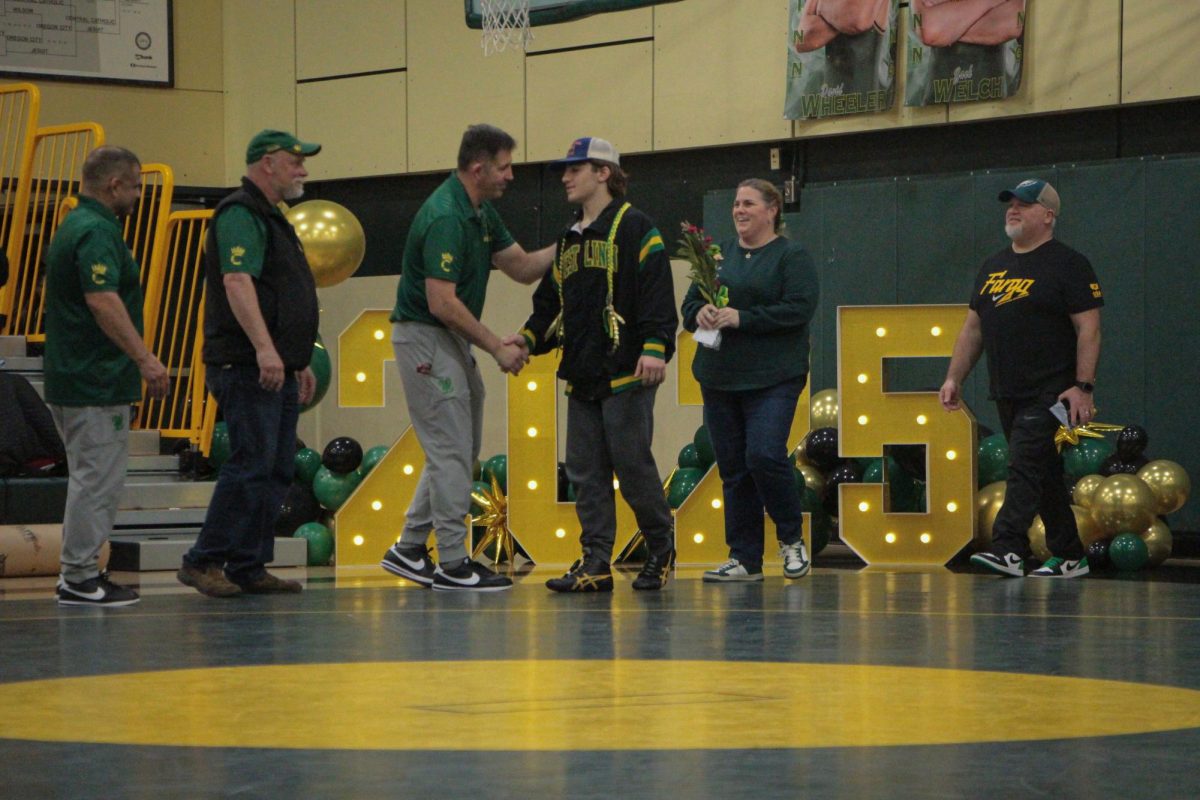




![At the bottom of the third inning, the Lions are still scoreless. Rowe stands at home plate, preparing to bat, while Vandenbrink stands off to the side as the next batter up. Despite having the bases loaded, the team was unable to score any runs. “It’s just the beginning of the season. We’re just going to be playing out best by June, [and] that’s where champions are,” Rowe said.](https://wlhsnow.com/wp-content/uploads/2024/03/IMG_3077-1200x900.jpg)



















































